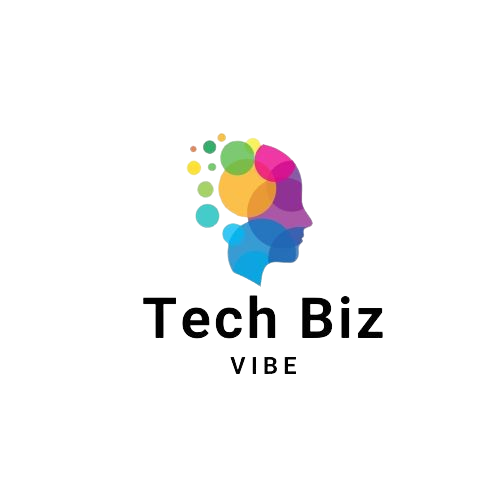Artificial Intelligence (AI) is revolutionizing numerous industries with its capacity for efficiency and innovation. In digital advertising, AI technologies, especially the AI image generator, transform content creation, enabling brands to engage more effectively with their target audiences. This article explores how AI is reshaping the landscape of digital advertising content creation.
Enhanced Personalization
AI’s ability to analyze vast amounts of data quickly allows for unparalleled personalization in advertising. Through AI, advertisers can understand individual preferences and behaviors, tailoring content that resonates on a personal level. This means ads can be customized to fit each viewer’s interests, purchasing habits, and browsing behavior.
Personalized content significantly increases the likelihood of engagement and conversion, as consumers are more likely to respond to content that feels specifically designed for them. AI-driven personalization makes content more relevant and enhances the user experience, making advertising less intrusive and more welcoming.
Automated Content Creation
AI tools can now generate text, images, and even videos, drastically reducing the time and effort required to produce content. AI-powered content generators can develop numerous variations of an ad in seconds, testing different headlines, visuals, and call-to-action phrases to determine what performs best.
This automation extends beyond creation, as AI can also manage the deployment of ads, optimizing the timing and placement to maximize reach and impact. This level of automation allows creative teams to focus more on strategy and less on the mechanics of content production.
Real-Time Optimization
AI excels in its ability to adjust advertising campaigns in real-time. AI systems can make immediate changes to improve effectiveness by continuously analyzing how content is performing. This includes altering visuals, tweaking messages, or even shifting spending to platforms where ads perform better.
This dynamic approach ensures that advertising campaigns remain flexible and responsive to consumer interaction patterns and emerging trends. The immediate feedback loop created by AI analytics supports a more agile advertising strategy, which is crucial in the fast-paced digital market.
Predictive Analytics and Trend Forecasting
AI’s predictive capabilities are a game-changer for digital advertising. By analyzing current and historical data, AI can forecast trends and consumer behaviors before they become mainstream. This allows advertisers to stay ahead of the curve, developing content that aligns with future consumer demands.
Furthermore, predictive analytics help in budget allocation, ensuring that funds are directed toward campaigns and channels with the highest predicted return on investment. This strategic use of AI saves money and amplifies the impact of advertising efforts.
Enhancing Creativity and Experimentation
Contrary to the common fear that AI might stifle human creativity, it provides tools that enhance creative processes. AI can suggest new combinations of visuals and text that might not be immediately obvious to human creators, pushing the boundaries of traditional creative thinking.
Moreover, the speed at which AI can produce variations allows teams to experiment with bold, innovative ideas without the risk of significant time or resource investment. This capacity for rapid prototyping encourages a culture of experimentation and continuous improvement in advertising content.
Adobe Firefly states, “When used as an AI art generator, Firefly makes creative exploration easier and faster for everyone. Use Text to Image to experiment with your wildest ideas, find new sources of inspiration, or create eye-catching content in just a few words.”
Conclusion
Integrating AI into digital advertising significantly advances how content is crafted and delivered. From enhancing personalization to automating production and optimizing in real-time, AI technologies offer a range of tools that can transform advertising strategies. As AI continues to evolve, its potential to drive innovation in digital advertising will only increase, offering exciting possibilities for brands looking to connect with their audiences in new and meaningful ways.

